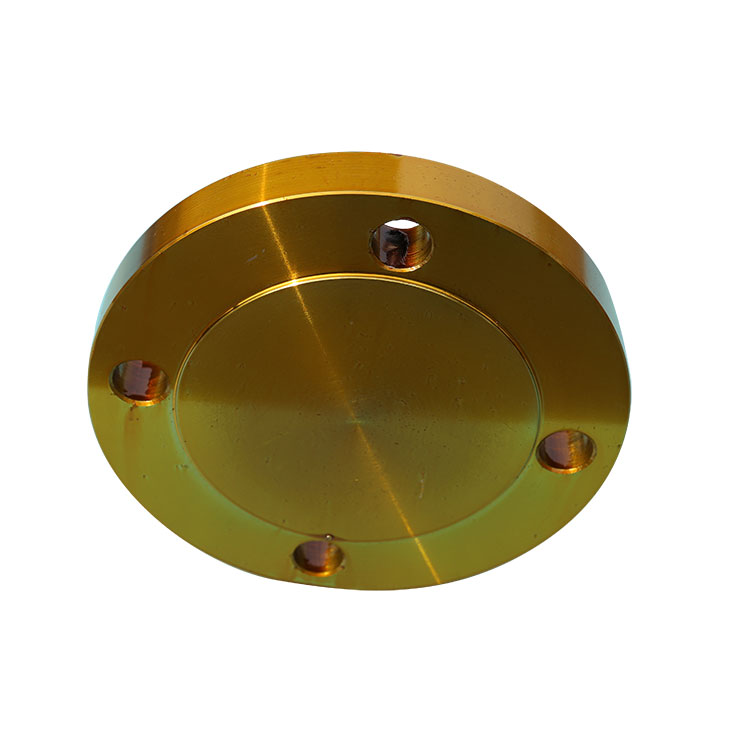How are blind flanges installed in a piping system
2023-11-04
Blind flanges are installed in a piping system to seal off an open end or create a temporary closure. The installation process involves several steps:
1. Safety Precautions: Before starting any installation, ensure that all necessary safety precautions are in place. This may include the use of personal protective equipment (PPE) and the identification of potential hazards in the work area.
2. Select the Appropriate Blind Flange: Choose a blind flange that matches the size, material, and facing type required for the specific application. Ensure that the blind flange is compatible with the piping system and the mating flange or equipment.
3. Prepare the Piping System: Inspect the open end of the piping system or equipment to ensure it is clean, smooth, and free of any debris or foreign materials that could interfere with the sealing process.
4. Prepare the Gasket: If a gasket is required, place it onto the facing surface of the blind flange. The gasket should be of the appropriate material and size for the specific application.
5. Align the Blind Flange: Position the blind flange over the open end of the piping system or equipment, ensuring that the bolt holes on the flange align with the bolt holes on the mating flange or equipment. The facing surface with the gasket should face the mating flange or equipment.
6. Insert Bolts: Insert the appropriate bolts through the bolt holes in the blind flange and the mating flange or equipment. Thread the bolts a few turns to hold the blind flange in place.
7. Tighten Bolts: Gradually tighten the bolts in a crisscross pattern to ensure even pressure distribution. Use a torque wrench to achieve the recommended torque values specified for the flange and gasket materials. Tighten the bolts incrementally to create a secure and even seal without over-tightening, which could damage the gasket or flange.
8. Check for Leakage: After tightening the bolts, inspect the flange for any signs of leakage. A proper seal should prevent any visible leakage or escaping gases.
9. Optional Bleeder Hole: If the blind flange has a bleeder hole, it may be plugged or left open depending on the specific requirements of the application.
10. Documentation: Record the installation details, including torque values, gasket type, and any other relevant information for future reference and maintenance.
The specific installation process may vary based on the type of blind flange, the materials used, and the requirements of the piping system. It is essential to follow manufacturer guidelines and industry best practices to ensure a secure and reliable installation. Proper installation of a blind flange is critical to maintaining the safety and integrity of the piping system.



